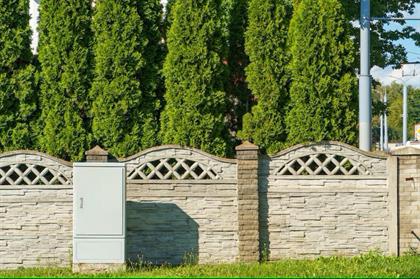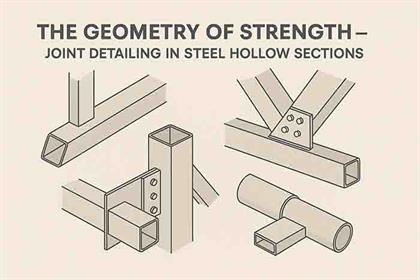
Load bearing walls are part of the main structure of a building. These walls support weight from the roof, floor, and other parts above them. They carry this weight down to the foundation. These walls help keep the building stable and safe.
What Is a Load Bearing Wall?
A load bearing wall supports the weight of the structure above it. This includes floors, beams, and sometimes the roof. The wall holds its own weight too. It sends the total load down to the base of the building.
Also Read : Column and Foundation Load Calculation
Some walls only divide rooms. These are not load bearing. A load bearing wall is different because it helps support the whole building.
How Loads Move Through a Structure
Loads move through a building in a specific path. The load starts at the top. It goes through beams and slabs. Then it moves into the load bearing walls. Finally, it reaches the foundation.
There are different kinds of loads:
- Dead loads include the weight of the building materials.
Live loads include people, furniture, and other movable things.
Environmental loads include wind, snow, and earthquakes.
The wall helps guide these loads down. It helps keep the structure from shifting or failing.
Also Read : How load is released from the Beam
What Load Bearing Walls Do
1. Support Vertical Loads
Load bearing walls support vertical weight. They spread the weight to the foundation. This prevents the building from sagging or cracking. Without strong walls, floors and roofs could bend or fail.
2. Add Lateral Stability
Buildings face sideways pressure from wind and ground movement. Load bearing walls help resist this force. They help stop the building from leaning or swaying.
These walls add strength to the whole structure. Some buildings use them with other supports like bracing or shear walls.
3. Connect to the Foundation
Load bearing walls must rest on strong support. They are placed above footings or beams. This setup helps the load go straight down. If the wall sits over a weak spot, the structure may crack or sink.
4. Reduce Bending in Other Parts
When walls carry some of the load, beams and slabs bend less. This keeps floors flat and ceilings level. It also helps stop cracks and noise from forming over time.
Materials Used in Load Bearing Walls
Different materials affect how a wall performs. Some materials are better for large buildings. Others suit small homes or simple structures.
- Concrete is strong and often used in modern construction.
Brick or block walls are common in smaller buildings.
Wood is used in houses with a timber frame.
The right choice depends on the type of building and local conditions.
Key Design Factors
Several things affect how well a wall supports a load:
- Wall thickness affects strength. Thicker walls hold more weight.
Height matters too. Taller walls need more support.
Openings like doors and windows make walls weaker. Builders use beams or lintels above them.
Alignment is important. Walls should line up with beams and supports below.
Walls that are not planned well may cause problems later. Cracks and uneven floors are often signs of poor wall design.
Conclusion
Load bearing walls do more than hold themselves up. They help support floors, ceilings, and roofs. These walls also help guide pressure from above down to the ground. A building stays stronger and more balanced when these walls are used correctly.
They also help stop side-to-side movement. This is important in windy areas or places with earthquakes. A strong wall adds stiffness to the building and helps it stay upright.
These walls support beams and floors. This support keeps them from bending or sagging. A flat floor and level ceiling often show that the walls below are doing their job.
Materials matter too. Concrete, brick, or wood all behave differently. Some work better in tall buildings. Others are better for houses. Builders pick the best one based on the job.
Design matters just as much as materials. A wall needs to be in the right place. It needs support under it. It needs help at weak points like windows and doors. If these things are done right, the wall works well. If not, cracks and shifts may appear later.
Load bearing walls are a key part of any strong building. They hold weight, give support, and add safety. A solid wall helps make a solid building.
















